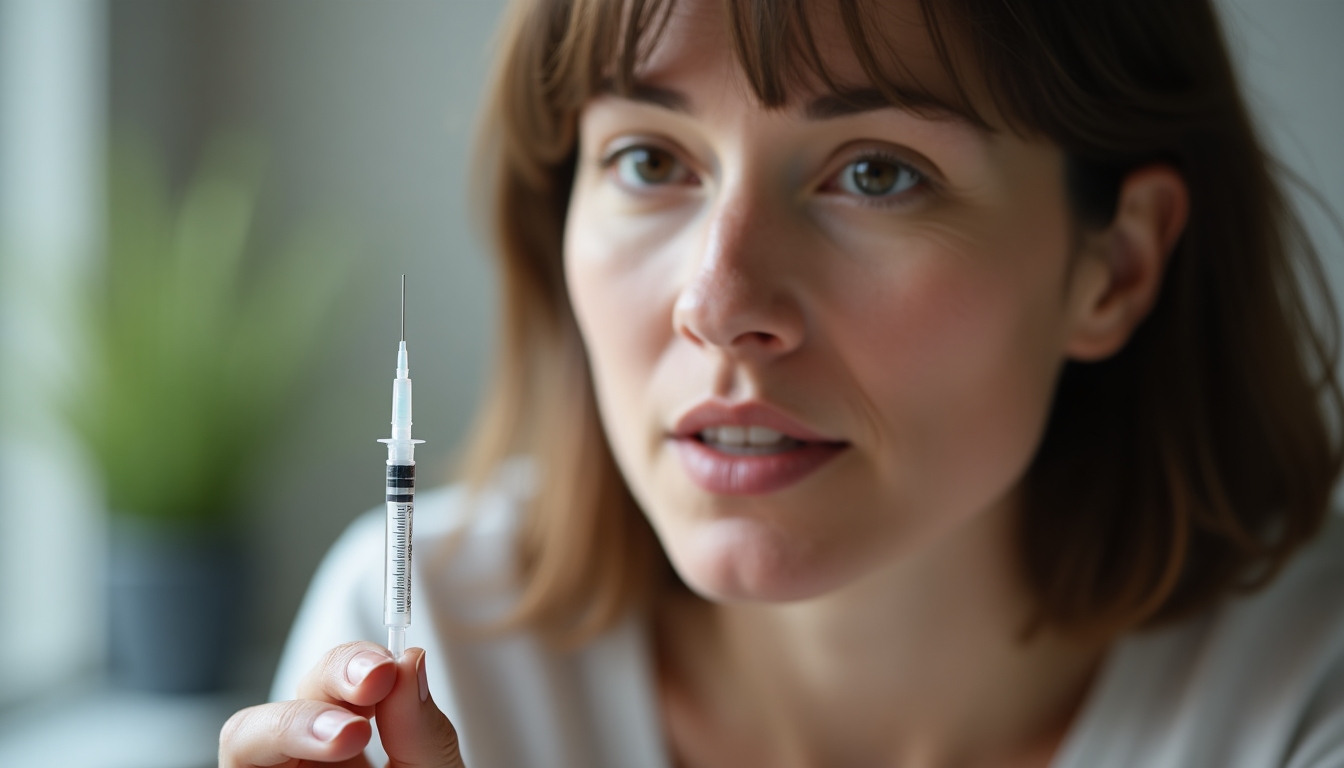What to Expect During IVF: A Step-by-Step Guide
April 27, 2025, 7:50 a.m.
In vitro fertilization, or IVF, offers hope to many couples facing infertility. This process combines eggs and sperm outside the body to create embryos, which are then placed in the uterus. This guide explains each step, making the journey easier to understand.

Choosing a Fertility Specialist
Finding the right fertility specialist kicks off your IVF journey. You want someone certified in reproductive endocrinology with solid experience in IVF. If you have endometriosis, look for a fertility specialist for endometriosis who knows how to handle it. Ask about their success rates and what support they offer. A great specialist guides you through both the medical and emotional sides.
Here’s a quick list of questions to ask: - How much experience do you have with IVF and my condition? - What’s your clinic’s success rate? - How much does treatment cost, and what’s included? - How many embryos do you transfer? - What emotional support do you provide?
The IVF Process: Step by Step
IVF involves several stages, each one building toward a possible pregnancy. Let’s break it down so you know what’s coming.
Step 1: Initial Consultation and Testing
Your first visit with a fertility specialist sets the stage. You’ll talk about your health history and any past fertility efforts. They might order tests like blood work or an ultrasound to check your fertility. This is your chance to ask questions and get a clear picture of what’s ahead.

Step 2: Ovarian Stimulation
Next, you’ll take medications to help your ovaries produce more eggs. These often come as shots you give yourself over 8 to 14 days. The doctor will check your progress with ultrasounds and blood tests. You might feel bloated or moody, but that’s normal.

Step 3: Egg Retrieval
Once your eggs are ready, a doctor retrieves them in a quick procedure. You’ll be under sedation while they use a needle to collect the eggs from your ovaries. It takes about 30 minutes. Afterward, you might have mild cramping, but it fades fast.

Step 4: Sperm Collection and Fertilization
On the same day, your partner or a donor provides a sperm sample. In the lab, the eggs and sperm meet to fertilize. Sometimes, they use a method where one sperm is injected into an egg. The team watches the embryos grow from there.
Step 5: Embryo Culture
For 3 to 5 days, the embryos grow in a lab. Experts check their quality during this time. Some might suggest testing for genetic issues. How many embryos make it will decide what’s next—transfer or freezing.

Step 6: Embryo Transfer
This step is simple. The doctor places the embryo into your uterus using a thin tube—no sedation needed. It depends on your age and embryo health how many go in. You’ll rest briefly after and then head home, taking it easy.

Step 7: The Two-Week Wait and Pregnancy Test
Now comes the hardest part: waiting two weeks. You’ll keep taking progesterone to help your uterus. It’s tough not to worry, but try to stay busy. After 10 to 14 days, a blood test shows if it worked.

Personal Insights and Tips
IVF can feel like a wild ride. I’ve seen friends cry one minute and laugh the next—it’s real. Lean on people who get it, like a support group. Eat healthy, drink water, and try breathing exercises to stay calm. Celebrate little wins, like finishing your shots or seeing a strong embryo. It keeps you going.
Summary
IVF is a big journey, but knowing what to expect helps. From picking a fertility specialist to waiting for that test, each step matters. Take it day by day, and don’t be shy about asking for support.